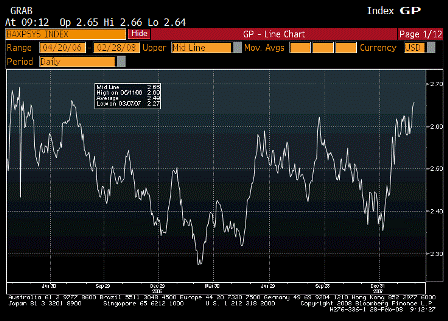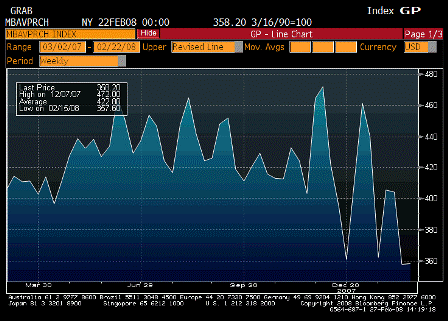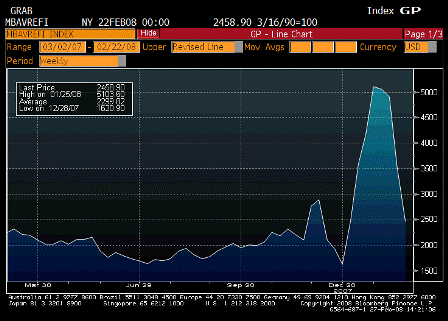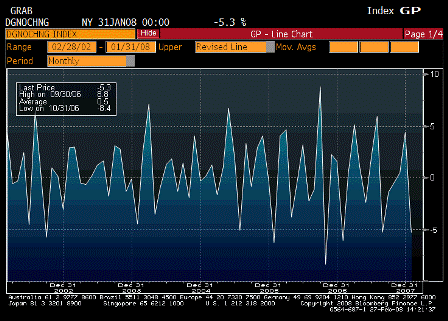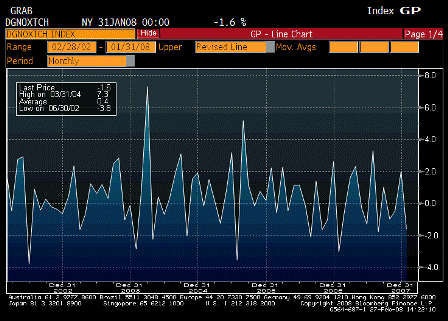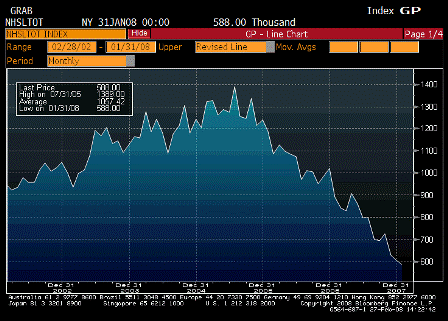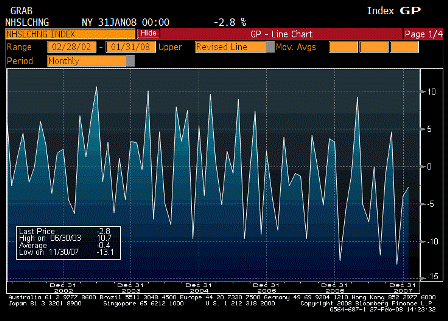Mercantilism is alive and well
Most telling statement when asked about what he wanted for the economy-
moderate domestic consumption, more investment, and more exports to eliminate the trade deficit.
(I’m looking for the transcript now to get the exact quotes.)
This fits with the policy of a lower interest rates, lower $, lower domestic real consumption due to higher import prices, and higher exports to sustain demand (at the ‘expense’ of the country you are exporting to who ‘loses’ demand for its products). This can be done for as long as nominal domestic wages remain ‘well anchored’ thereby reducing real wages, particularly vs our intended markets.
This is the old ‘beggar thy neighbor’ policy last seen in the 1930’s. The purpose was to accumulate the world’s gold supply, and increase ‘national savings.’ The policy was called mercantilism. It’s the logical end that follows from being on a gold standard.
A trade surplus tended to increase gold reserves, while a trade deficit tended to drain gold reserves.
Today we have non convertible currency, so government accumulation of its own currency per se is meaningless. However, we have retained some of the gold standard accounting nomenclature, such as ‘national savings’ which still features govt. accumulation of it’s own currency (as well as foreign exchange, which at least does represent value).
Fed Chairman Bernanke, the student of the great depression of the 30’s, sees the tail risk as that of gold standard deflationary collapses, and is cutting interest rates to bring the $ down and increase exports. He deems trade deficits ‘bad’ and ‘unsustainable,’ trade surpluses ‘good’ and ‘wealth enhancing,’ and increasing ‘national savings’ the mark of success.
(Mainstream economics, with all its shortcomings, does recognize the differences between convertible and non convertible currency regimes that Bernanke seems to be missing.)
Additionally Chairman Bernanke made it clear today that he sees lower futures prices for crude oil, a non perishable commodity, as indicative of market expectations for future prices, and is making decisions on that basis.
Ironically, the backwardated crude market is the result of the Saudis/Russians acting as swing producer setting price and letting quantity adjust (imperfect competition), which is functionally an engineered spot ‘shortage’ that supports price.
This brings us back to the present condition of the US economy-
Weak domestic real demand due to ‘well anchored nominal wages’ and falling real wages,
GDP muddling through with the support of booming export demand and a falling trade deficit,
And cost push inflation accelerating.
However,
Based on today’s testimony, the FOMC seems fine with the lower $ and the associated rising costs of imports, as the weak $ supports export growth.
It will get concerned about inflation when it sees signs unit labor costs are accelerating.

